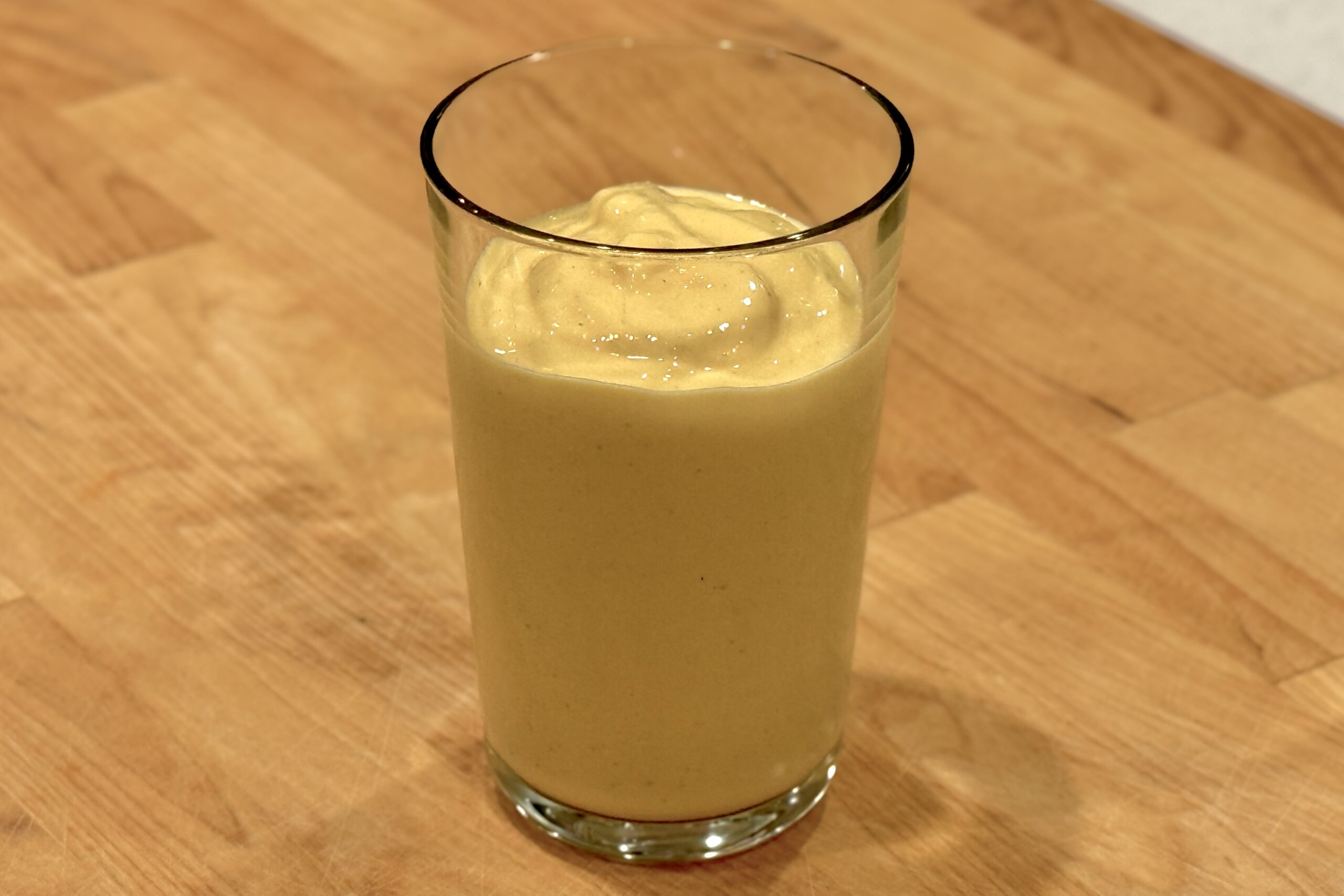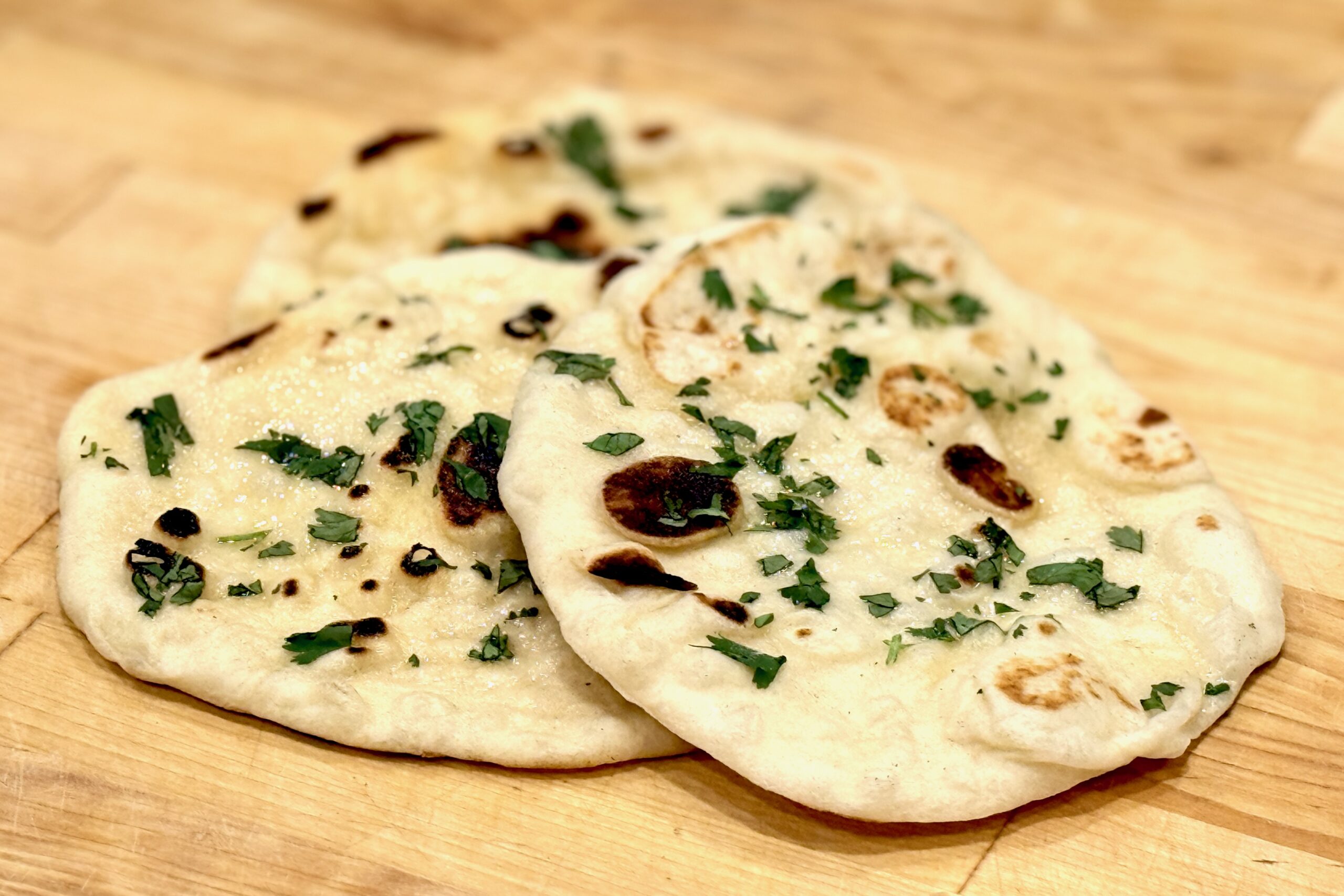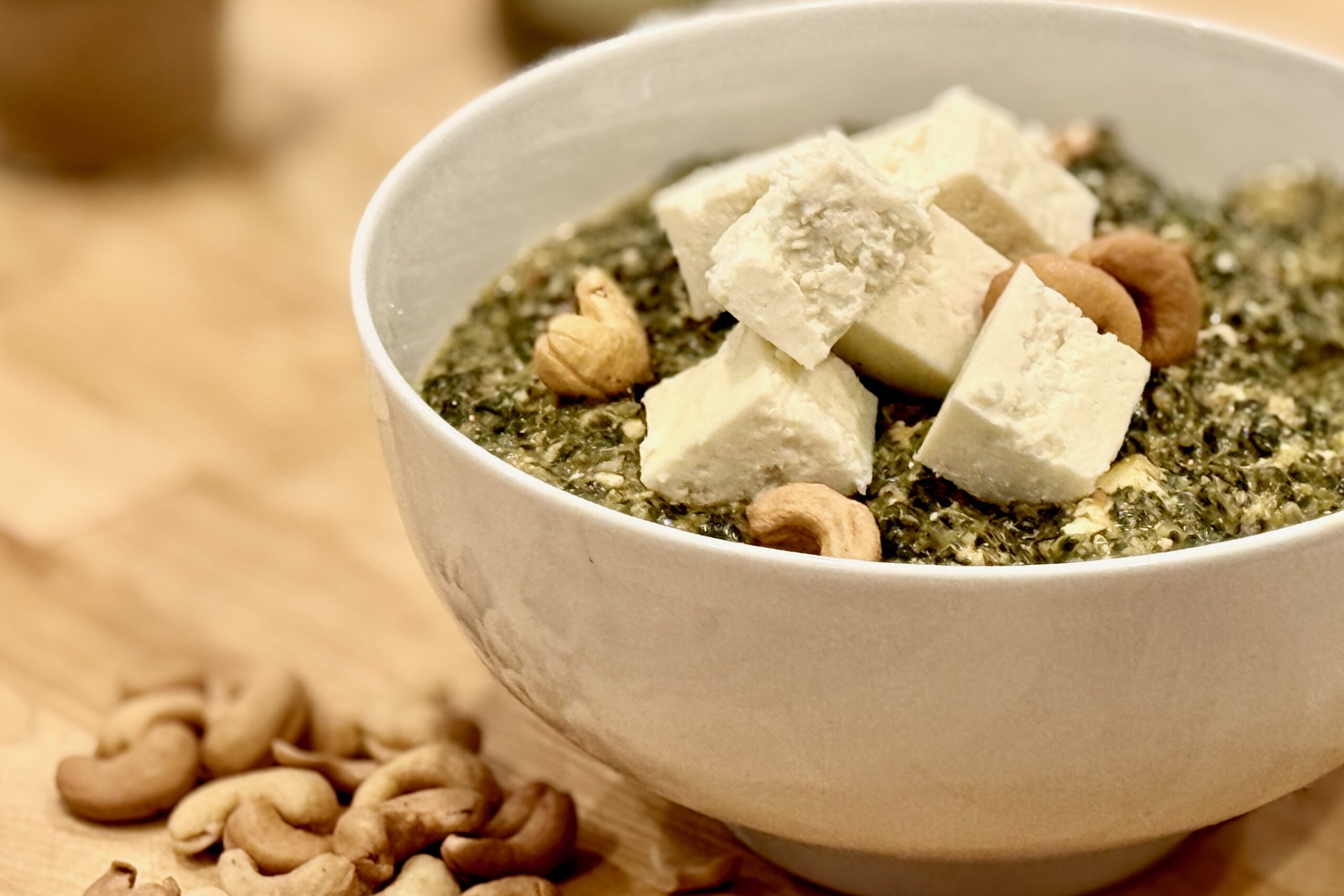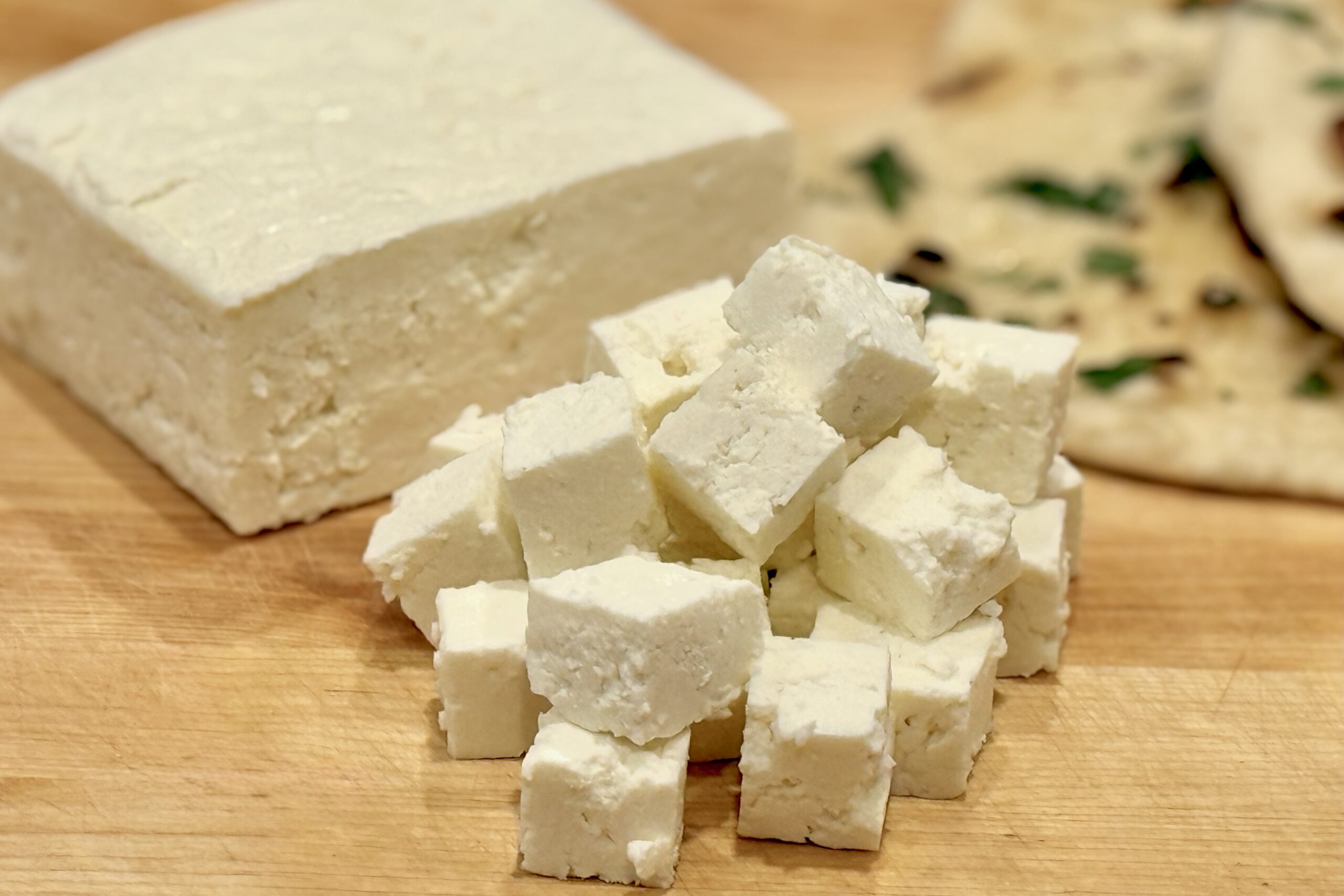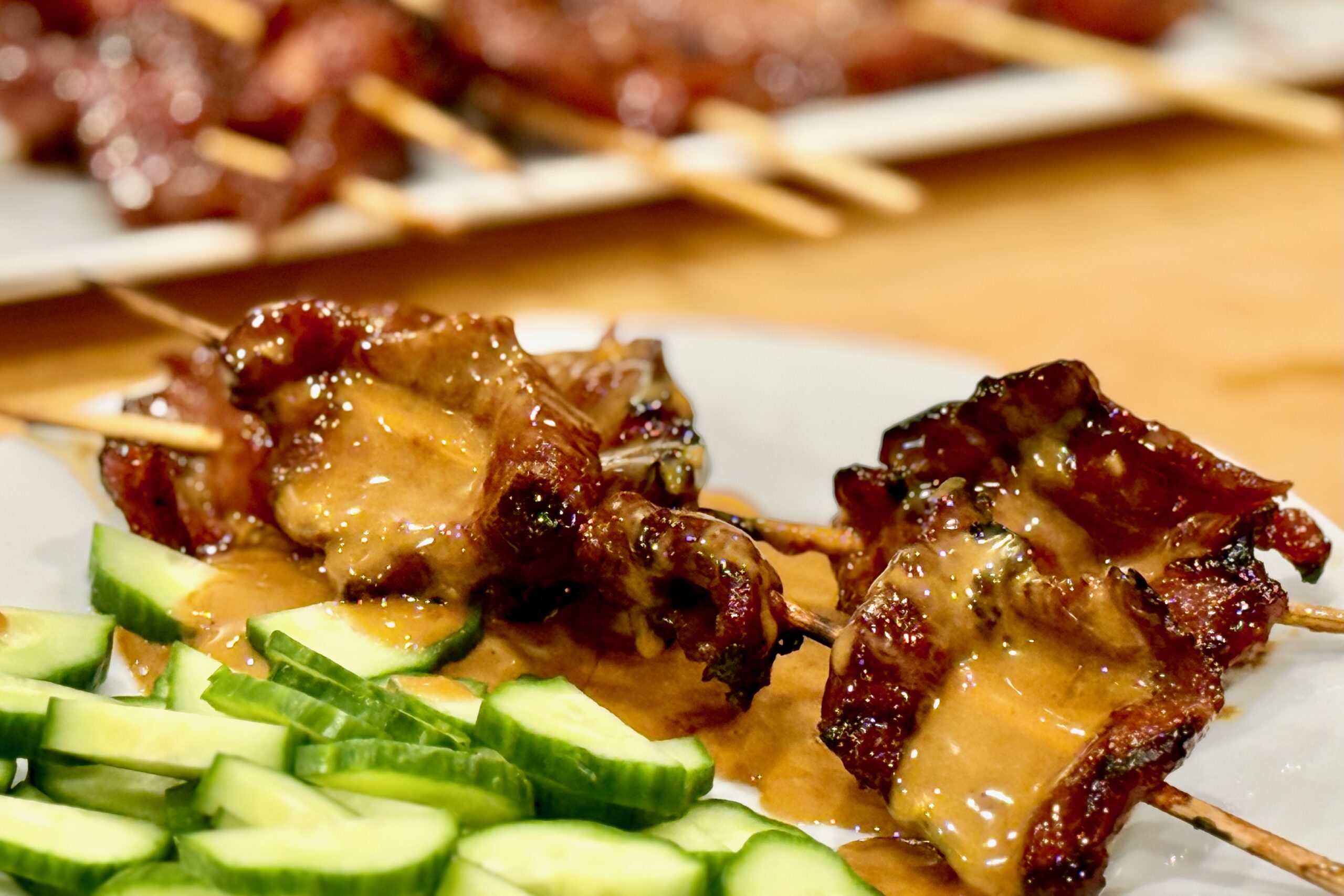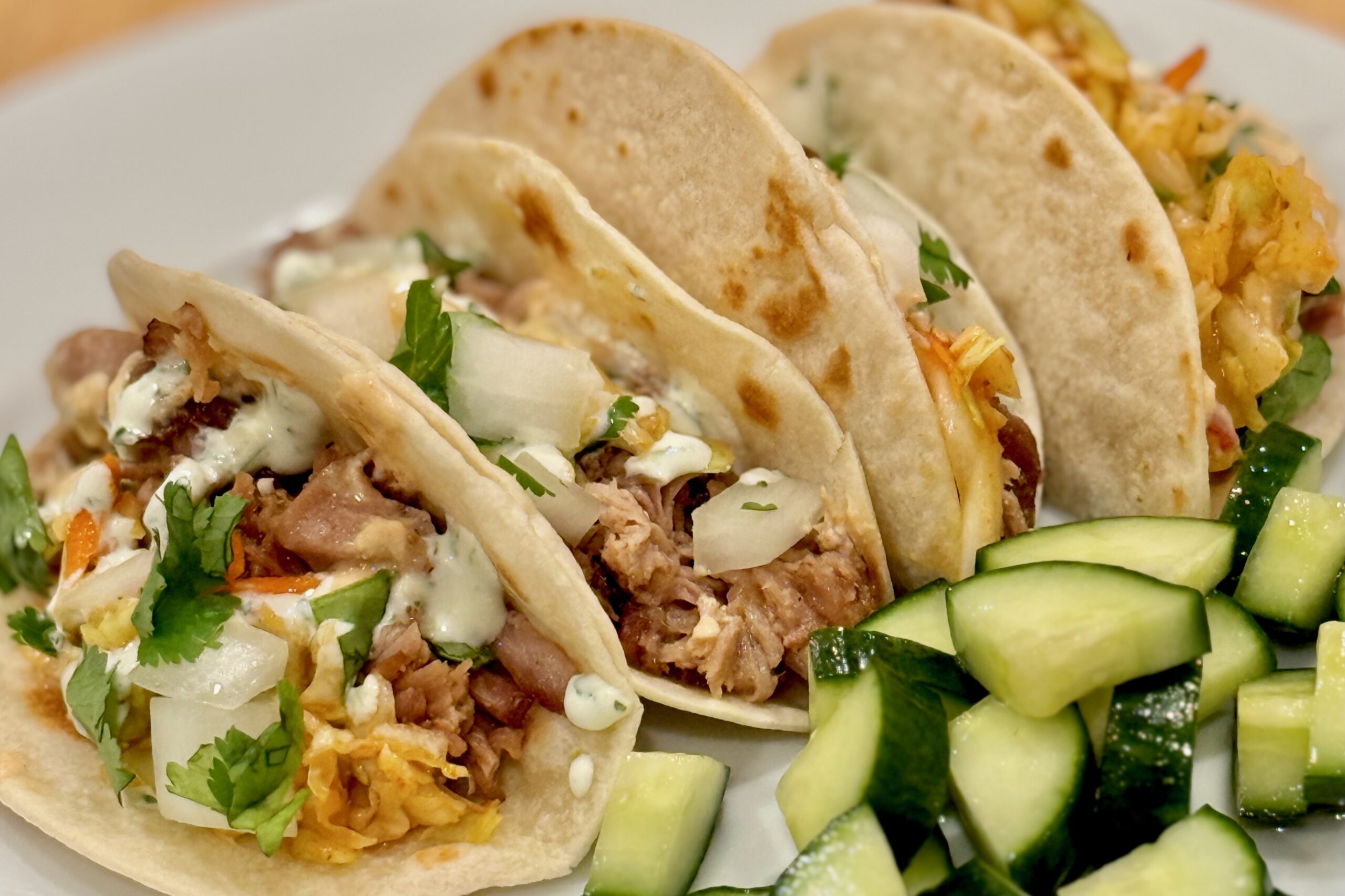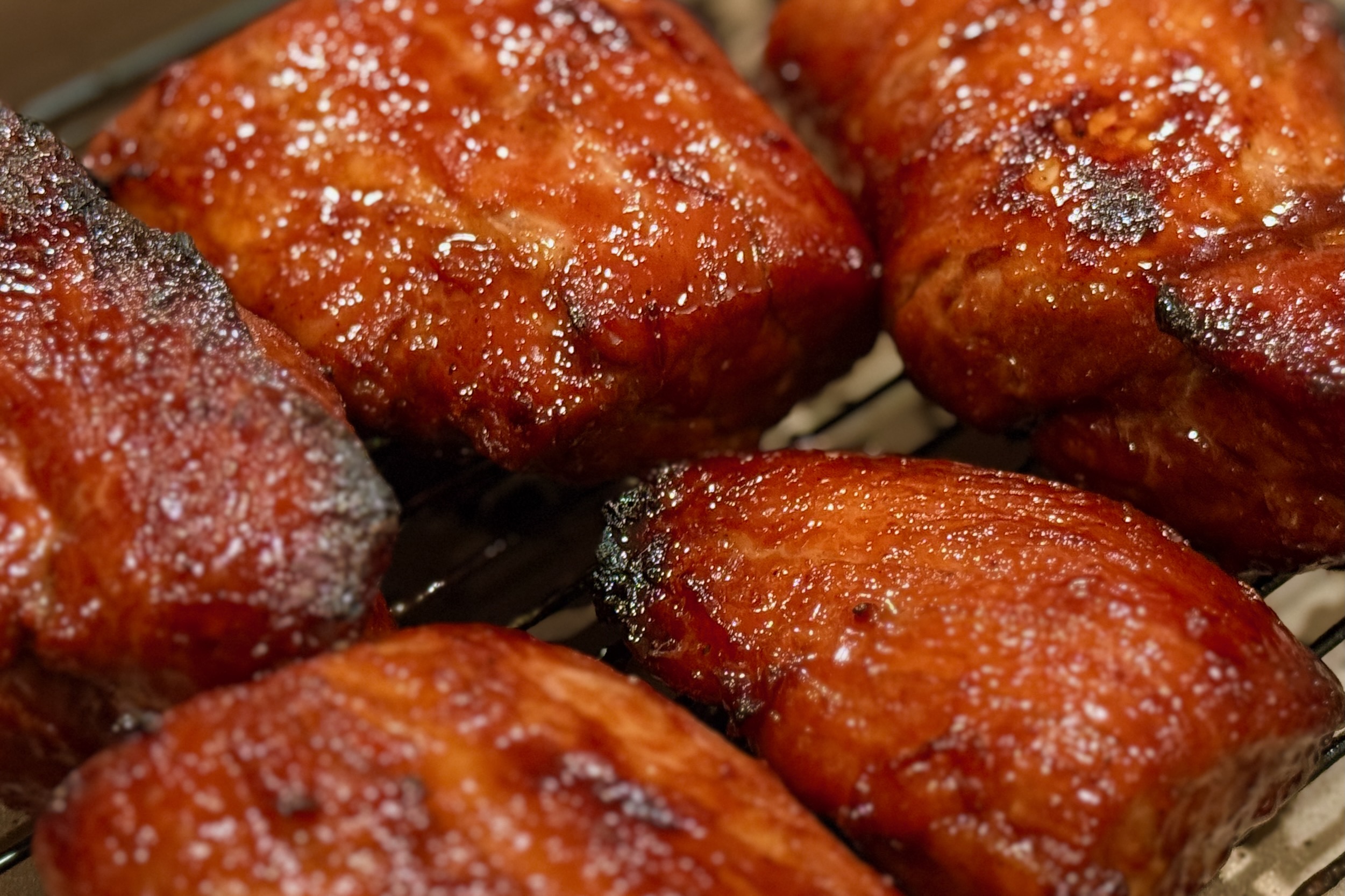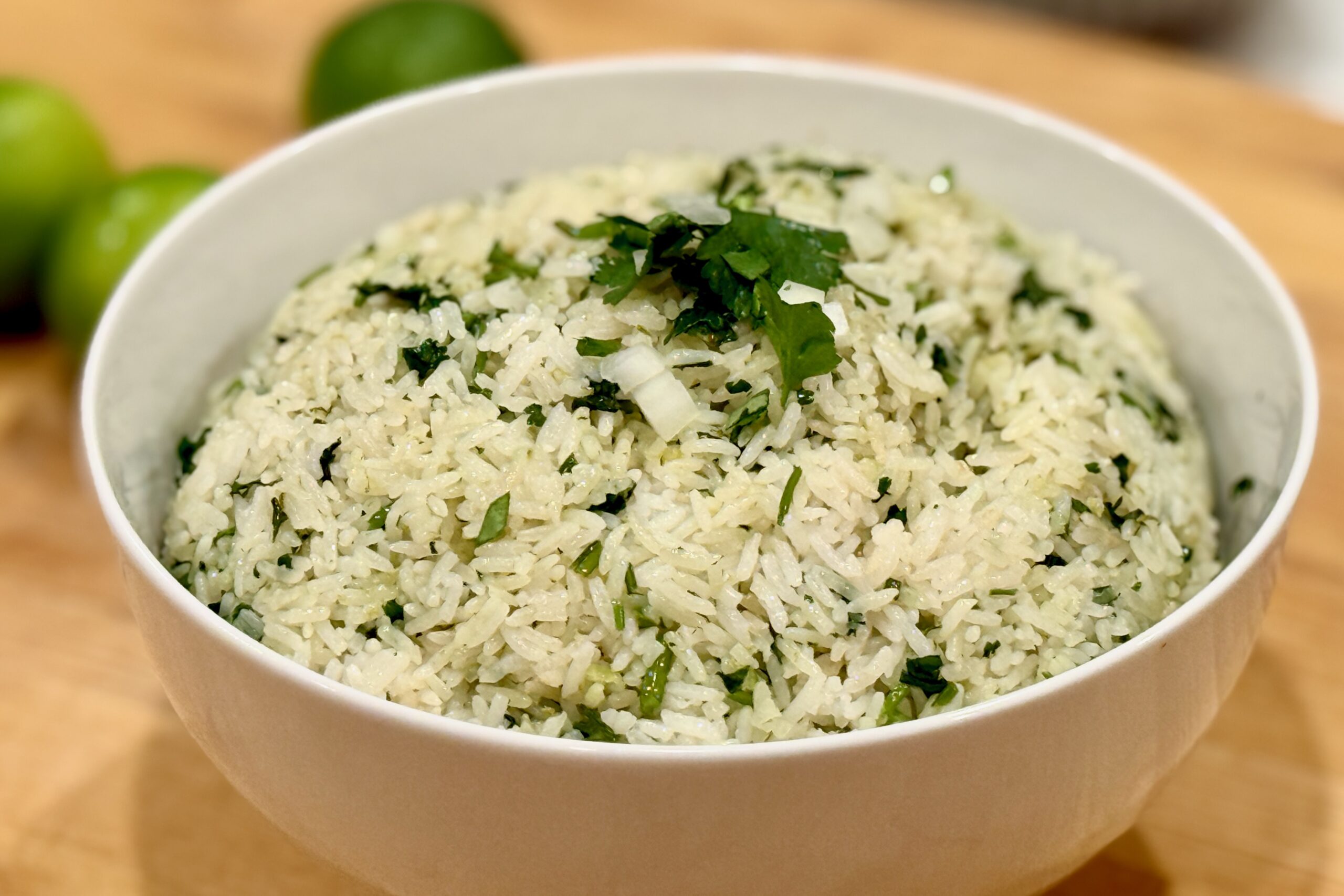Bright, creamy, and refreshing, this mango lassi captures the flavor of café-style versions found across India. Using rich yogurt, fragrant Alphonso mango pulp, and a touch of cardamom, it’s a perfectly balanced blend of sweet, tangy, and tropical—wonderful on its own or as a cooling companion to spicy dishes.
Ingredients
- 2 cups Alphonso or Kesar mango pulp (fresh or canned)
- 2 cups mango chunks (fresh or thawed frozen)
- 2½ cups full-fat plain yogurt
- 1 to 1½ cups whole milk (adjust for consistency)
- 3 to 4 tbsp sugar, honey, or mango syrup (to taste)
- 2½ tsp fresh lime or lemon juice
- ¼ tsp freshly ground green cardamom
- ⅛ tsp salt
- 1–2 tbsp sweetened condensed milk (optional, for creamier texture)
- ⅛ tsp saffron threads, soaked in 1 tbsp warm milk (optional)
- Crushed pistachios
- Mint chiffonade
Garnish
Directions
Blend the Lassi
In a blender, combine mango pulp, mango chunks, yogurt, 1 cup milk, 3 tbsp sugar or honey, lime or lemon juice, cardamom, salt, and any optional saffron or condensed milk.
Blend until silky smooth and creamy.
Adjust Consistency and Flavor
Taste and adjust as desired: add more milk or cold water for a thinner consistency, or more yogurt or pulp for richness. Sweeten further to taste, and add a bit more lime juice if a brighter flavor is preferred.
Chill and Serve
Refrigerate for at least 30 minutes before serving, or blend with ice for a smoothie-like texture. Pour into glasses and garnish with crushed pistachios and mint.
Notes
Preparation
- For the most fragrant flavor, use Alphonso or Kesar mango pulp (fresh or canned from an Indian grocery).
- If using frozen mango, thaw partially or soak briefly in milk before blending for a smoother texture.
- Sweetened condensed milk enhances creaminess and blends beautifully with the yogurt base.
- A few saffron threads soaked in warm milk add delicate aroma and golden color.
Serving Suggestions
- Serve well chilled alongside spicy curries, tandoori dishes, or biryani.
- Top with a dusting of ground cardamom or drizzle of mango syrup for extra indulgence.
- For a vegan version, substitute coconut yogurt and coconut milk for a tropical variation.
Variations
- Blend in ½ banana for extra body and mild sweetness.
- Add 2–3 tbsp shredded coconut for texture and flavor depth.
- Stir in a spoonful of rosewater for a floral twist reminiscent of Indian dessert shops.

